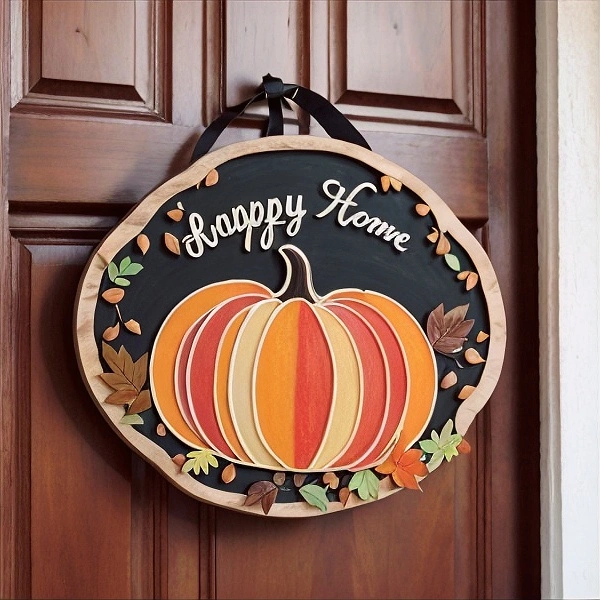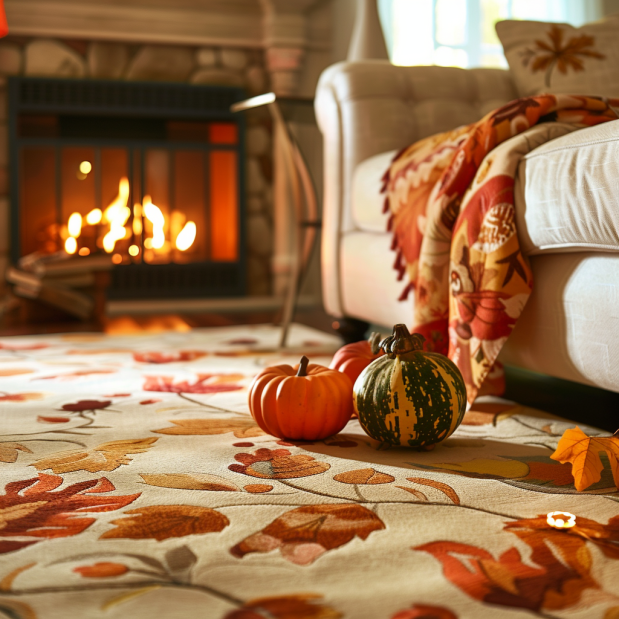Creating an engaging and stimulating classroom environment for kindergarteners is essential for fostering their love for learning. A well-designed classroom can facilitate exploration, creativity, and social interaction among young learners. This article presents 14 innovative ideas for kindergarten classrooms that can help educators create a vibrant and supportive learning space.
From colorful decor to adaptable layouts, these ideas cater to various themes and educational philosophies. By focusing on the needs of young children, teachers can create an environment that enhances their development and encourages a lifelong passion for education.
1. Colorful Learning Areas
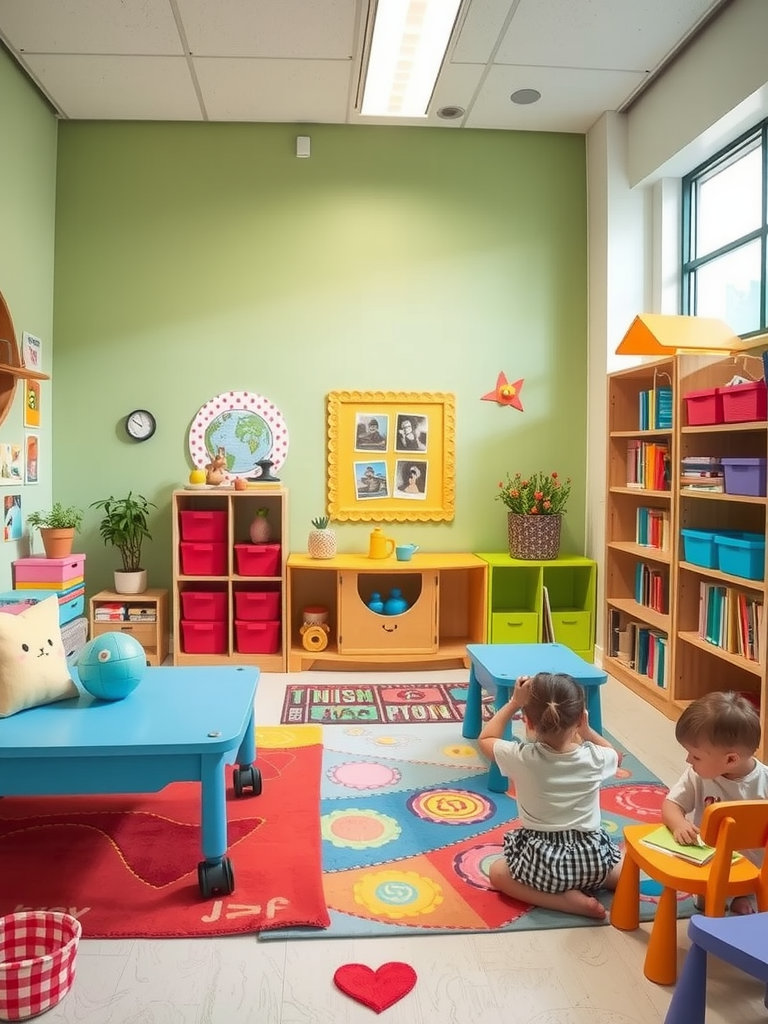
In a kindergarten classroom, colorful learning areas can significantly enhance a child’s enthusiasm for education. Designate specific zones for reading, art, and play to provide students with varied experiences throughout the day. Use bright rugs, wall decorations, and furniture to delineate these spaces, making them visually appealing and inviting.
Moreover, incorporating elements like soft seating and themed decorations can make each area more comfortable and appealing, encouraging children to engage in different activities while exploring their interests.
2. Interactive Learning Stations
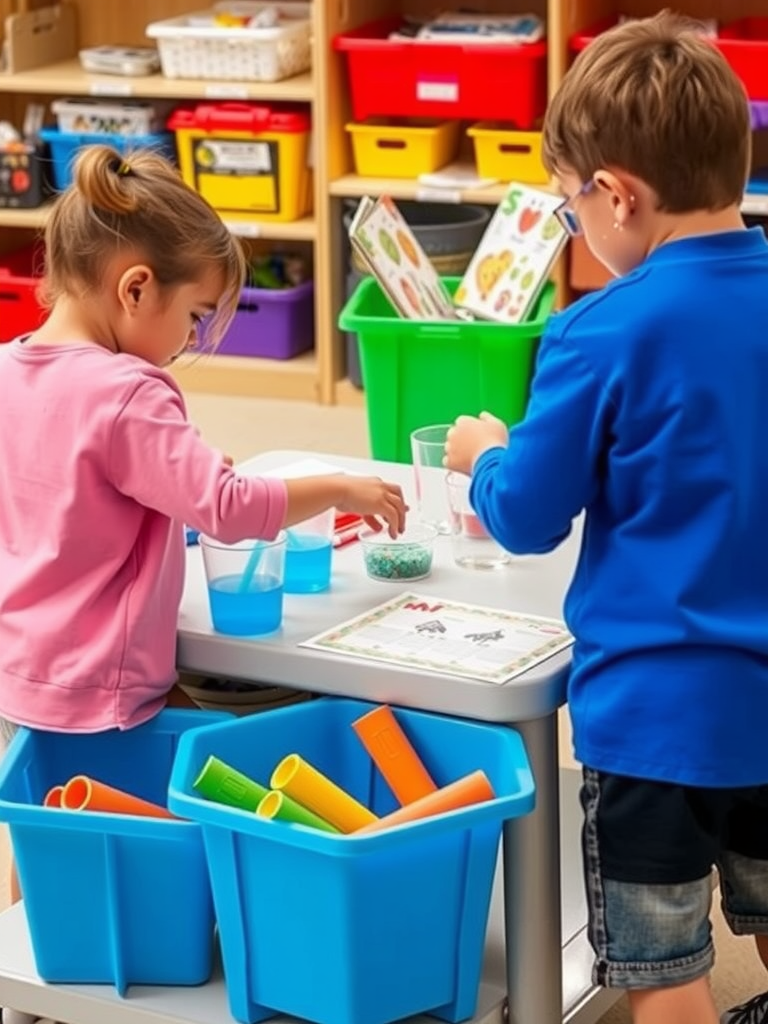
Interactive learning stations allow children to engage in hands-on activities that stimulate their curiosity and creativity. Consider setting up stations for science experiments, math games, or art projects. Rotating activities can keep the children interested and eager to explore new topics.
These stations not only make learning fun but also promote collaboration and peer learning, as students come together to work on various tasks and share their ideas.
3. Nature-Inspired Design
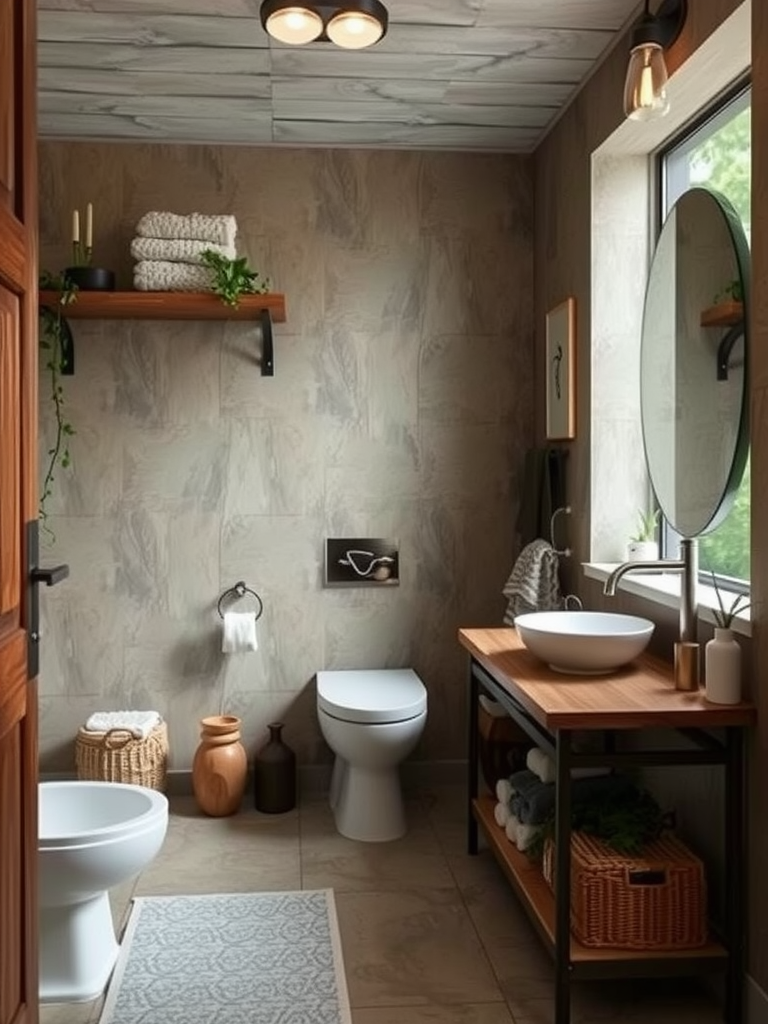
Incorporating nature into the classroom environment can have a calming effect and help students connect with the world around them. Use natural materials like wood and plants to create a soothing atmosphere. Windows that let in natural light can make the space feel more open and inviting.
Additionally, bringing in indoor plants or even creating a small garden in the classroom can teach children about responsibility and the importance of caring for the environment.
4. Themed Decor
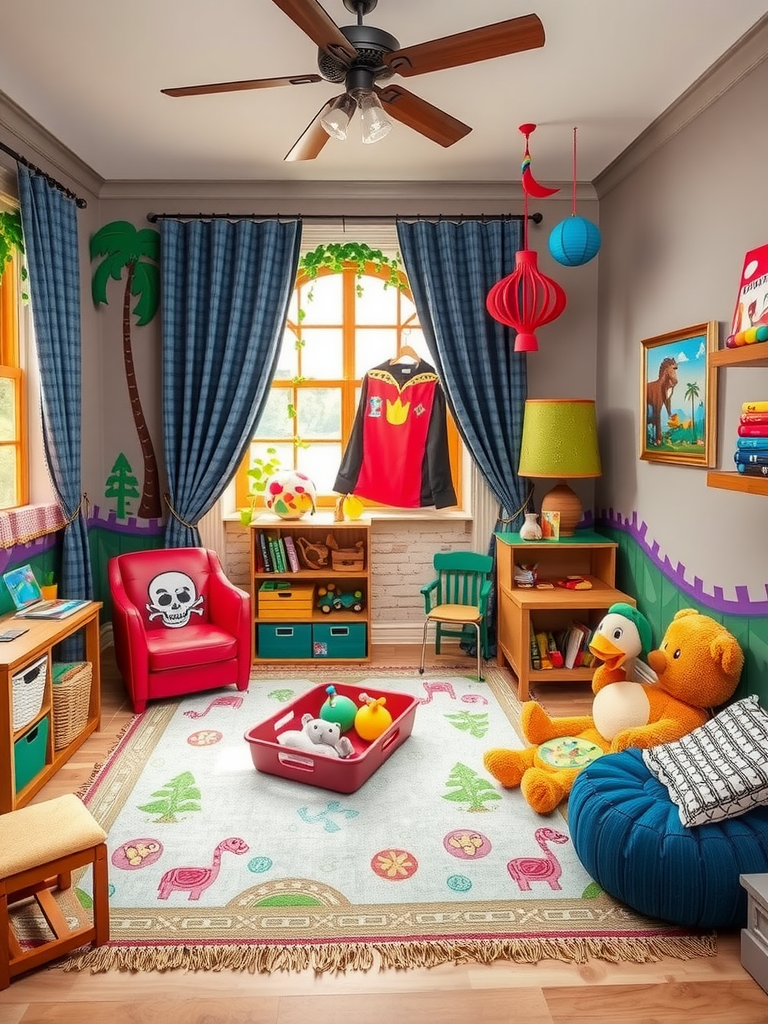
Themed decor can make learning more engaging for young children. Consider adopting themes like space, underwater worlds, or fairy tales, which can inspire children’s imagination. Incorporate related artwork, books, and materials throughout the classroom to create a coherent and immersive environment.
This approach can also help spark curiosity and encourage discussions, allowing children to explore subjects in a more meaningful way while also providing them with a memorable classroom experience.
5. Creative Art Spaces
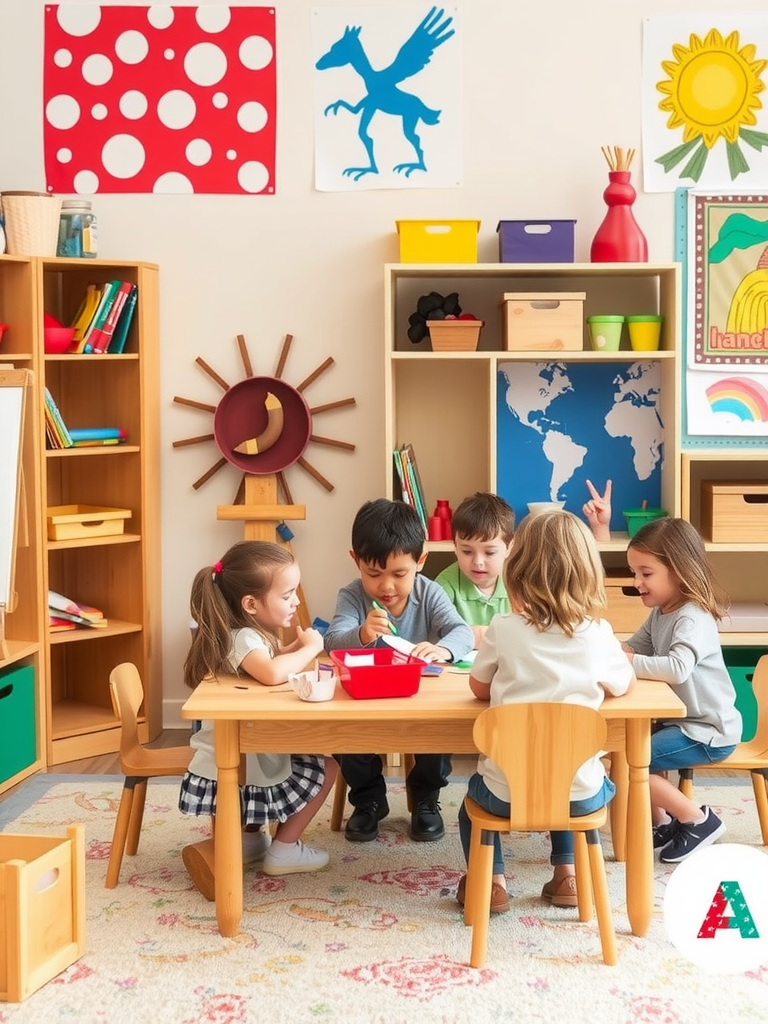
A dedicated space for art encourages creativity and self-expression among kindergarteners. Provide various materials such as paints, markers, clay, and collage supplies to inspire artistic exploration. Set up easels, tables, or a craft corner where students can freely create and share their artwork.
Encouraging creativity not only enhances fine motor skills but also boosts confidence, making children more comfortable with their own ideas and expressions.
6. Cozy Reading Nook
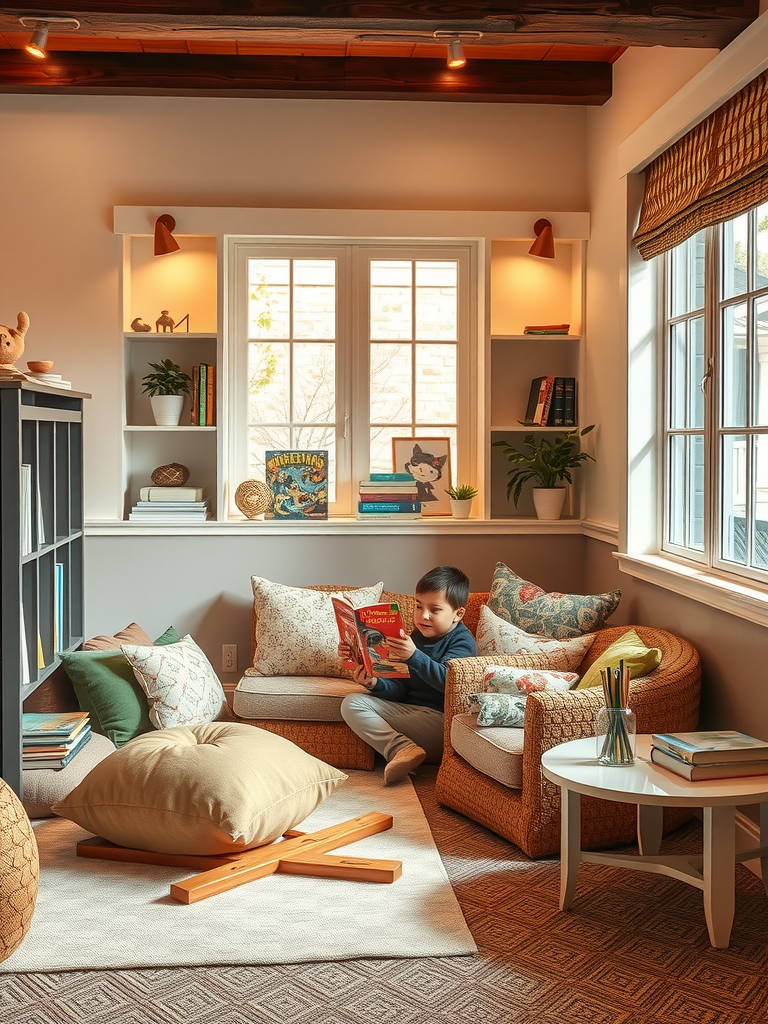
A cozy reading nook can instill a love for books in children from an early age. Create a designated area with comfortable seating, a variety of age-appropriate books, and warm lighting. Consider adding cushions or bean bags to make this space inviting and comfortable for children to relax and enjoy reading.
A reading nook encourages independent reading and storytelling, allowing children to build their literacy skills and imaginations while enjoying literature.
7. Technology Integration
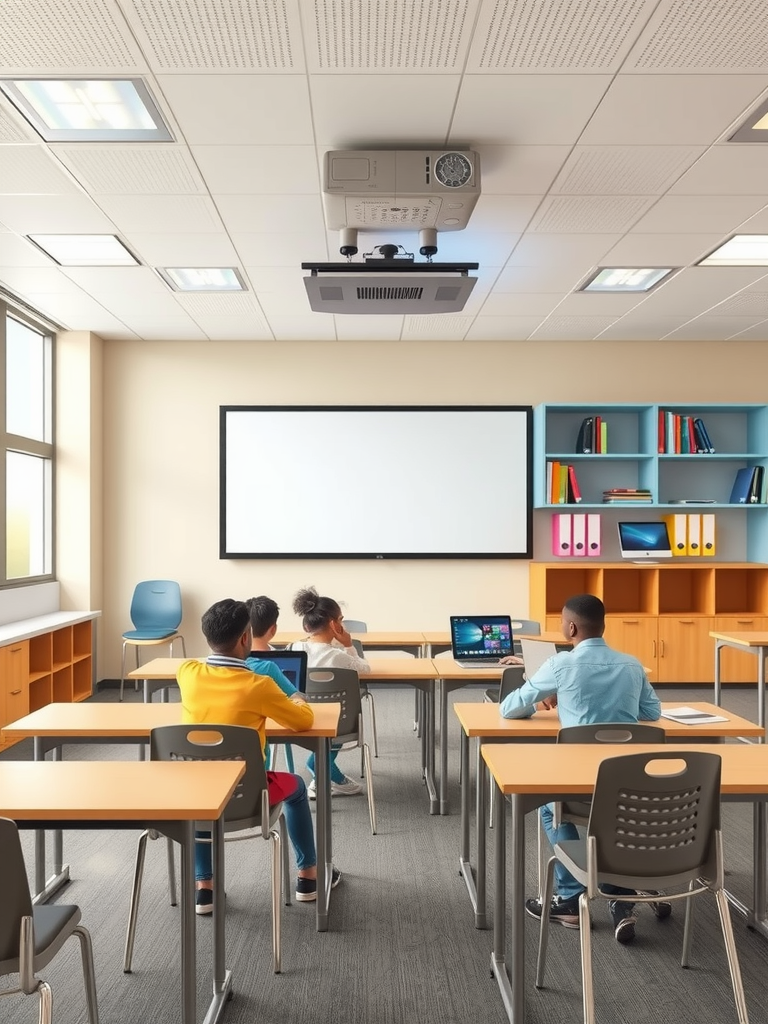
Integrating technology into the kindergarten classroom can enhance learning experiences and keep students engaged. Using interactive smart boards, tablets, or educational apps can provide exciting ways to teach subjects like math and literacy.
Ensure that technology is used appropriately and in moderation, complementing hands-on activities to create a balanced learning environment that encourages both creativity and critical thinking.
8. Flexible Furnishings
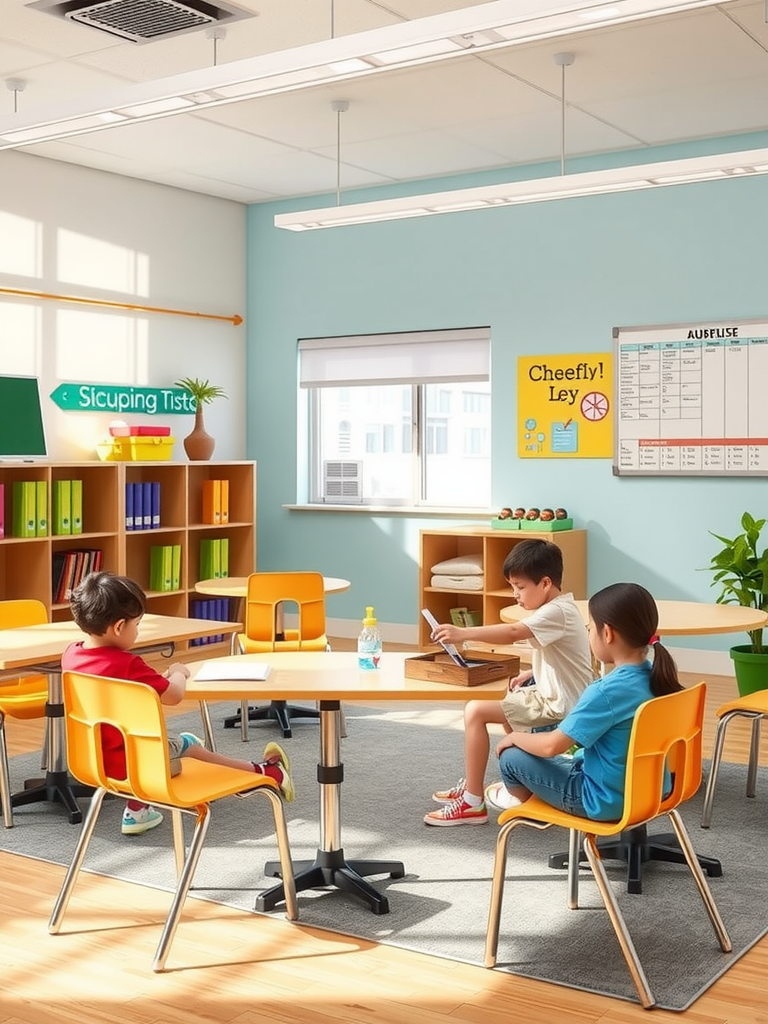
Using flexible furnishings enables educators to easily adapt the classroom layout to different activities and group sizes. Lightweight tables, movable chairs, and pillows can allow for various seating arrangements, promoting collaboration and creativity.
This flexibility also supports different learning styles and enables teachers to create spaces that cater to quiet study, group work, or interactive play, ensuring that all students’ needs are met.
9. Sensory Play Areas
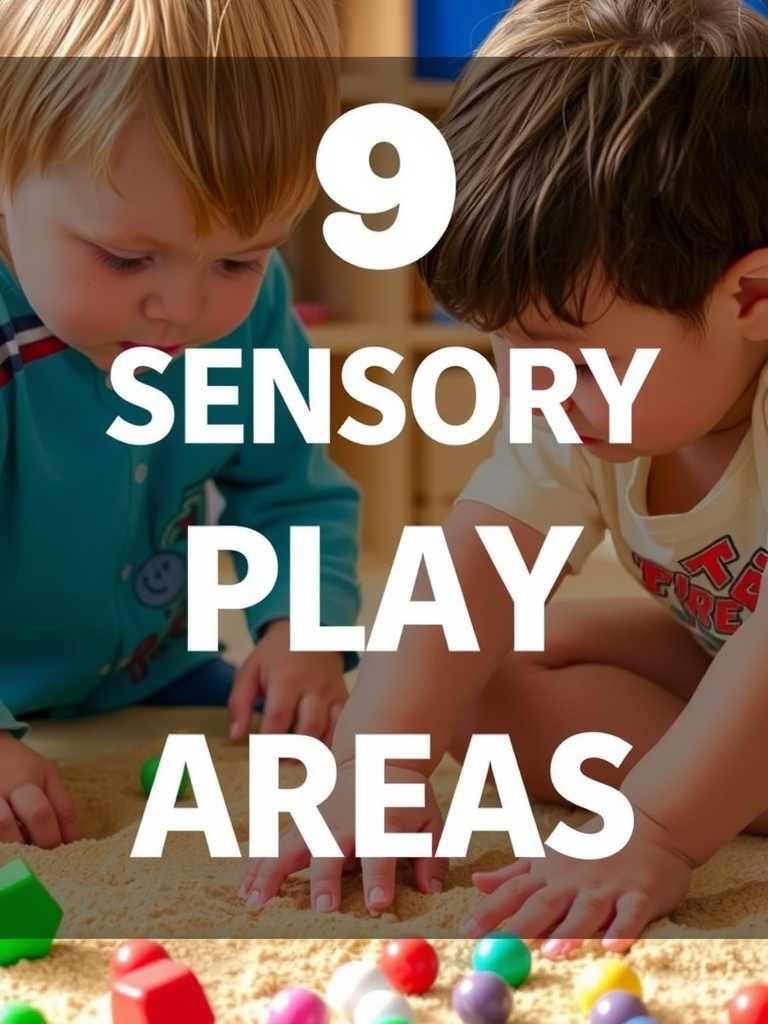
Sensory play is essential for young children’s development, offering opportunities for exploration and discovery. Create sensory play areas that include items like sand, water, or textured materials. These areas can stimulate touch, sight, and even sound, providing diverse learning experiences.
Incorporating sensory activities can enhance cognitive development and promote socialization skills as children play together, encouraging cooperation and sharing.
10. Community Building Activities
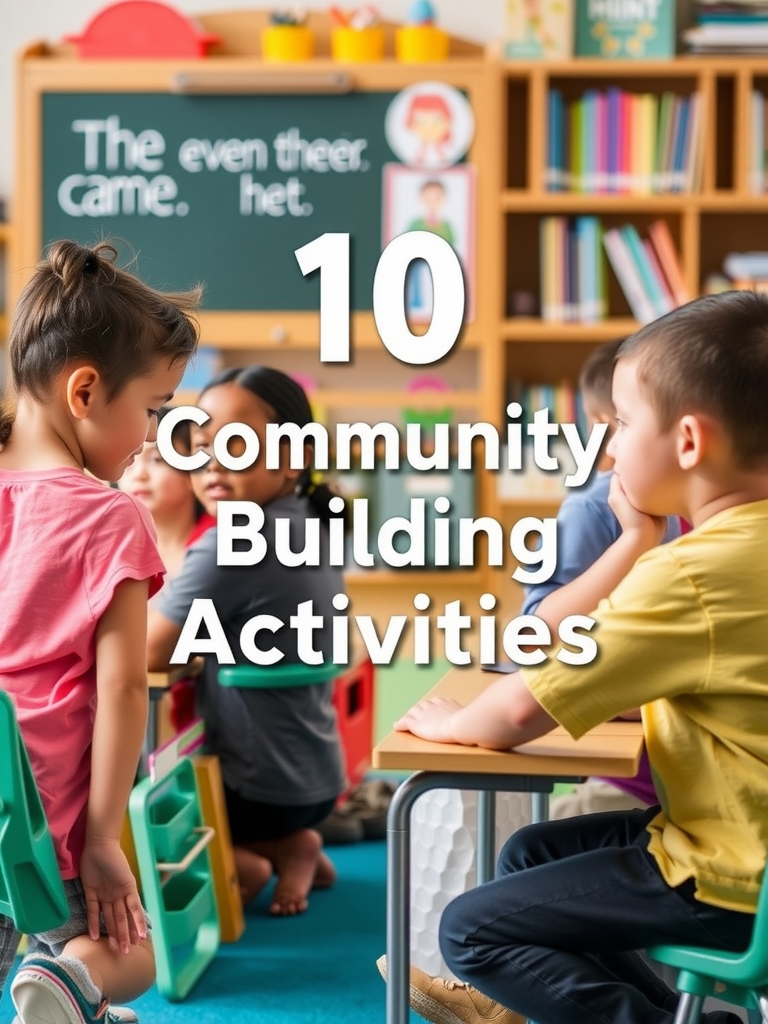
Fostering a sense of community within the classroom is pivotal for young children. Implementing community-building activities such as group projects or circle time can encourage relationships and communication among students. Activities that promote teamwork can strengthen bonds and create a supportive classroom atmosphere.
A strong sense of community helps children feel safe and valued, contributing to their emotional well-being and academic success.
11. Clear Visuals and Instructions
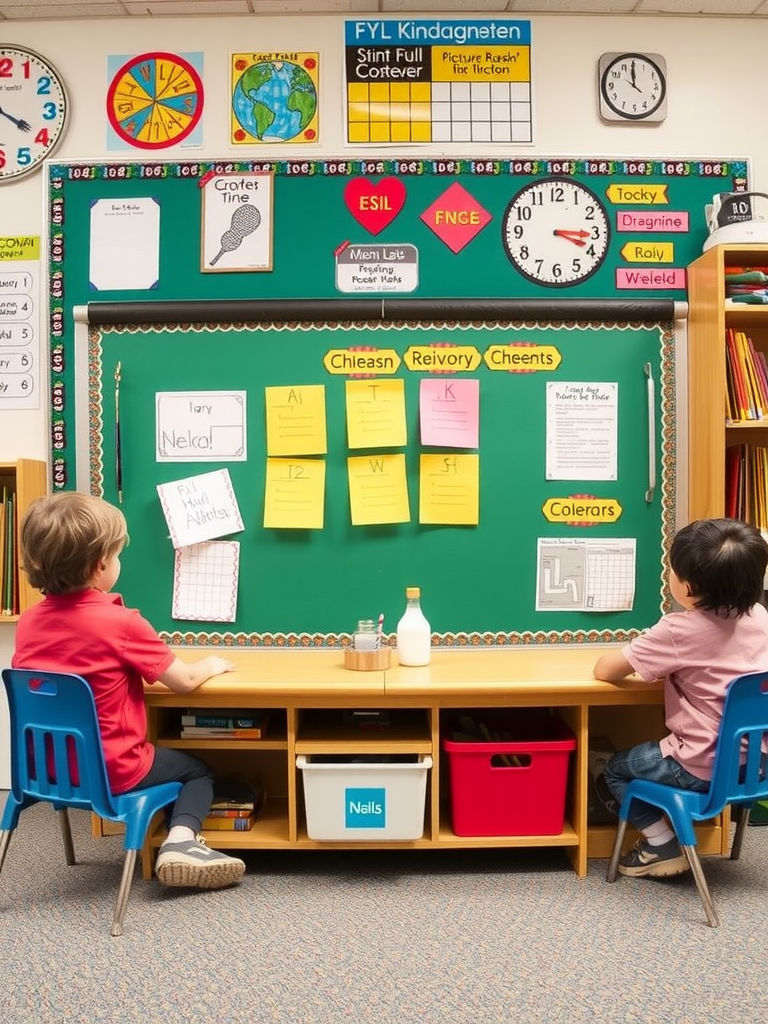
Clear visuals and instructions are essential in a kindergarten classroom, where children are just beginning to develop reading skills. Use visual aids like charts, diagrams, and picture schedules to communicate tasks and expectations effectively. This technique supports comprehension and assists children in navigating their daily routines.
Visually driven instructions also facilitate independent work and help minimize confusion, allowing children to feel more confident and self-sufficient in their learning.
12. Movement Opportunities
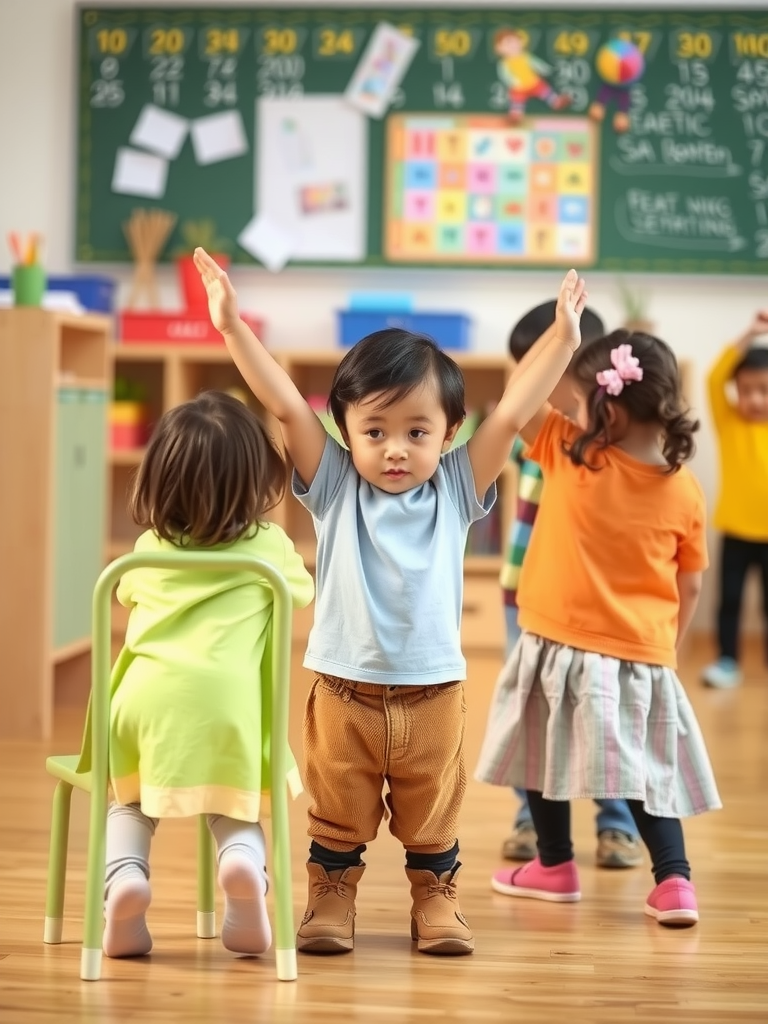
Integrating movement into the daily routine can significantly enhance children’s focus and engagement. Incorporate regular movement breaks or physical activities throughout the day, such as stretching, dancing, or even simple exercises. This approach can help children release pent-up energy and improve their concentration during learning activities.
Creating a classroom environment that encourages movement can also support fine and gross motor skill development, contributing to overall physical health and well-being.
13. Personalization Spaces
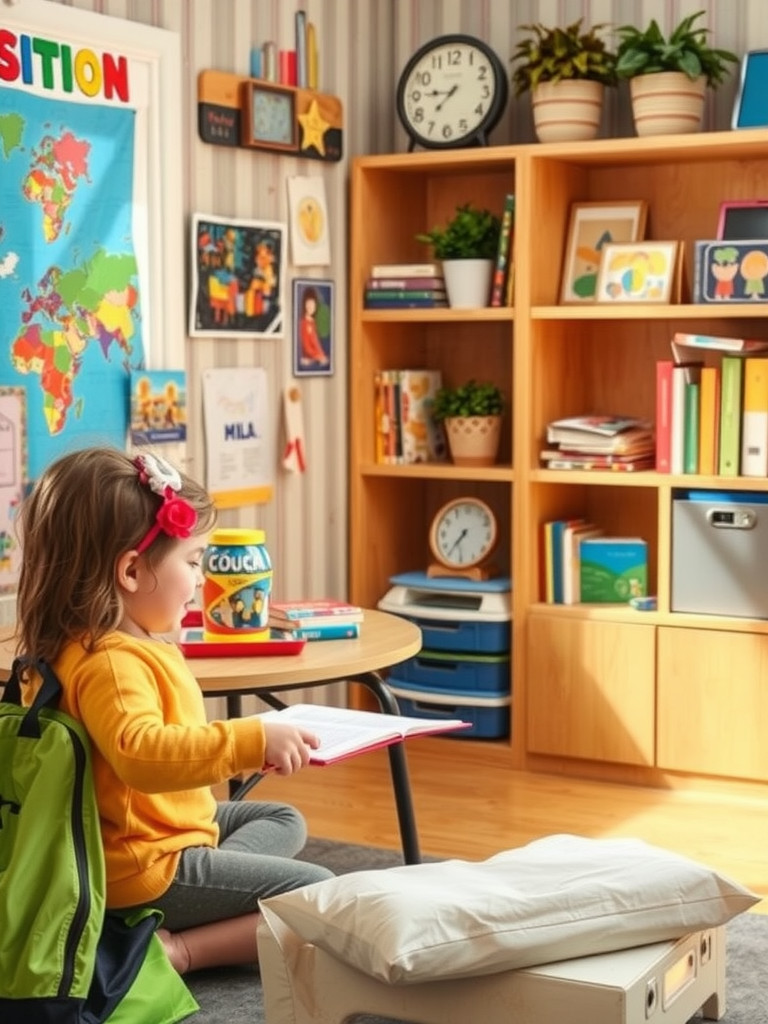
Allowing children to personalize their spaces can help them feel more connected to their classroom and enhance their sense of ownership. Provide opportunities for students to display their artwork, accomplishments, or personal items in designated areas. This fosters a sense of pride and belonging among students.
Personalized spaces can also serve as conversation starters and encourage students to share their interests and experiences, contributing to a warmer and more inclusive environment.
14. Parent Involvement Areas
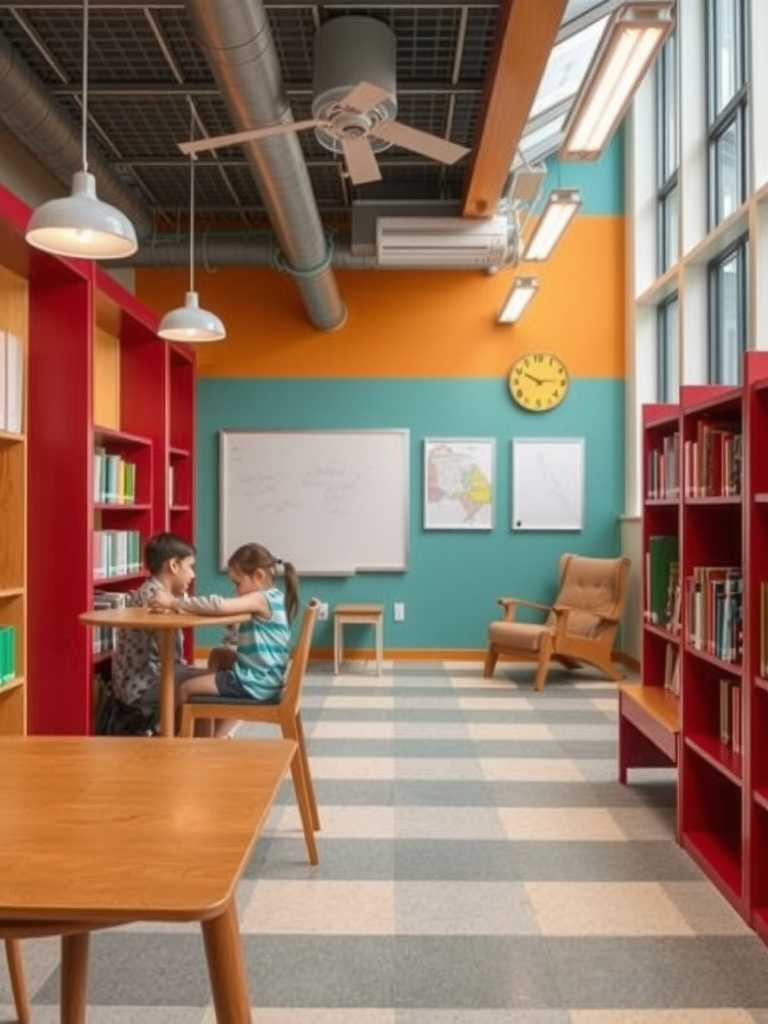
Creating areas that encourage parent involvement can enhance the partnership between home and school. Establish a designated space for parents to receive information, participate in events, or volunteer for class activities. This enhances communication and fosters a supportive community around the students.
Encouraging parental involvement not only helps children feel more secure but also enhances their social and academic development through collaborative support from both teachers and parents.
Conclusion
In conclusion, a thoughtfully designed kindergarten classroom can significantly impact children’s learning experiences. By implementing these 14 innovative ideas, teachers can create an environment that fosters collaboration, creativity, and curiosity, supporting the holistic development of each child.
Ultimately, a vibrant classroom can instill a passion for learning and create a foundation for success in school and life.
Frequently Asked Questions
What is the importance of classroom decor in a kindergarten classroom?
Classroom decor plays a vital role in engaging young learners and creating a stimulating environment that encourages exploration and creativity.
How can I encourage parental involvement in my kindergarten classroom?
Creating designated areas for parent participation and hosting regular events can help foster a stronger connection between parents and the classroom.
What are effective ways to manage a kindergarten classroom?
Implementing clear routines, utilizing visual aids, and creating a supportive community can effectively manage a kindergarten classroom and keep students focused.
How can I promote social skills in kindergarten?
Incorporating group activities, community-building exercises, and open discussions can enhance social skills among kindergarteners.
What are some engaging activities for kindergarten students?
Interactive learning stations, sensory play areas, and art projects are excellent activities that can engage kindergarten students while promoting learning.

